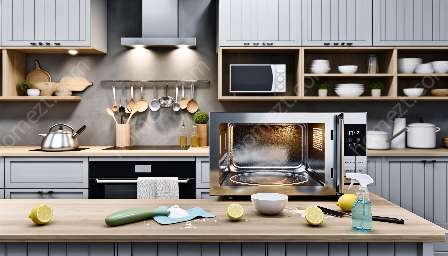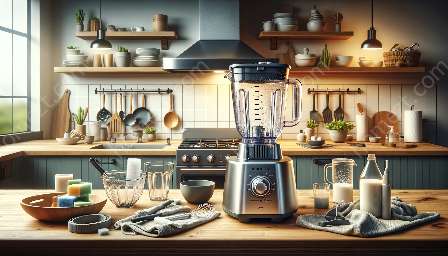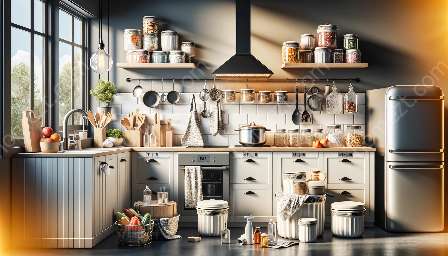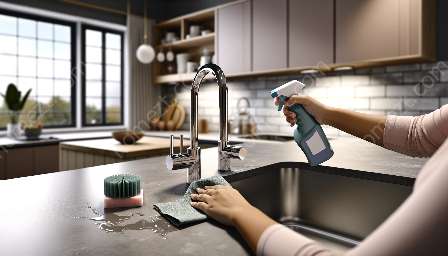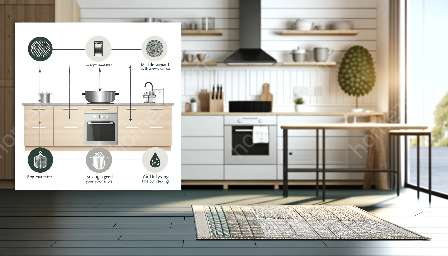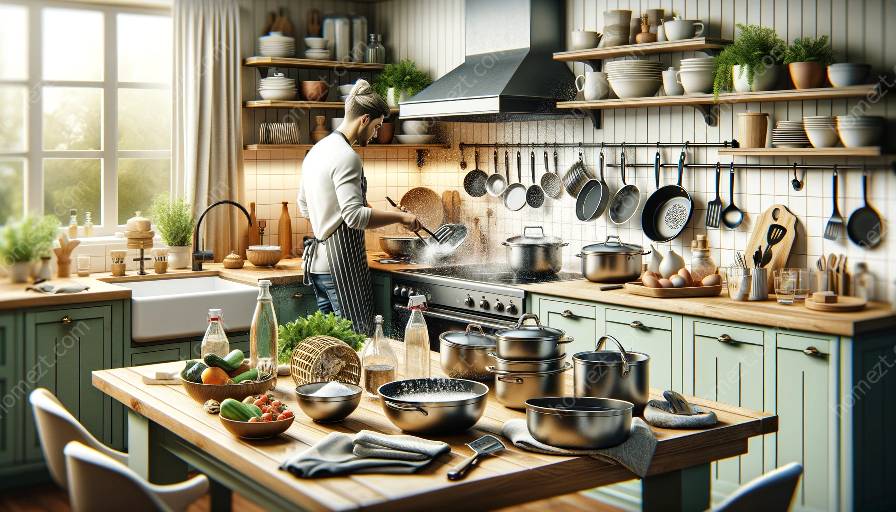Keeping your kitchen pots and pans clean is an essential part of maintaining a healthy and efficient kitchen. With regular use, pots and pans can accumulate grease, food residue, and stains, which not only affect the quality of your food but also the lifespan of your cookware. In this article, we will provide you with a comprehensive guide on how to clean your kitchen pots and pans effectively, ensuring that they remain in top condition for years to come.
Understanding Your Cookware
Before diving into the cleaning process, it's essential to understand the type of material your pots and pans are made of. Different materials such as stainless steel, non-stick, copper, cast iron, and aluminum require specific cleaning methods to prevent damage. Take a close look at the manufacturer's instructions for your cookware to ensure that you use the appropriate cleaning techniques.
Basic Cleaning Methods
1. Hand Washing: Most pots and pans can be easily cleaned with warm, soapy water and a non-abrasive sponge or cloth. Avoid using harsh scrubbers or abrasive cleaners, as they can damage the surface of your cookware. For stubborn food particles, allow the cookware to soak in warm, soapy water for a few minutes before gently scrubbing with a sponge.
2. Non-Stick Cookware: To preserve the non-stick coating of your pans, always use wooden or silicone utensils and avoid metal utensils that may scratch the surface. Additionally, refrain from using cooking sprays, as they can leave a residue that is difficult to clean. After use, wipe non-stick pans with a paper towel to remove any excess oil or food residue before hand washing.
3. Cast Iron: Cleaning cast iron cookware requires special care to maintain its seasoning. Avoid using soap when cleaning cast iron, as it can strip away the seasoning and cause rusting. Instead, rinse the cookware with hot water and use a stiff brush or sponge to remove any food particles. After washing, dry the cookware thoroughly and apply a thin layer of oil to protect the surface.
Deep Cleaning Techniques
For more stubborn stains and grease build-up, consider the following deep cleaning methods to restore your pots and pans to their original condition.
1. Baking Soda Paste: Create a paste using baking soda and water, and apply it to the stained areas of your cookware. Let it sit for a few hours or overnight, then scrub with a sponge to remove the stains and residue. This method is particularly effective for stainless steel and copper cookware.
2. Vinegar Soak: For tough grease and burnt-on food, fill the cookware with equal parts water and vinegar, and bring it to a boil. Let it simmer for a few minutes before removing from heat and allowing it to cool. Use a non-abrasive sponge to scrub away the loosened residue.
Maintenance Tips
Once you've cleaned your pots and pans, it's important to implement regular maintenance to keep them in optimal condition.
1. Storage: Store your cookware in a dry and well-ventilated area to prevent moisture and humidity, which can lead to rust and corrosion.
2. Seasoning: For cast iron cookware, re-season the surface regularly to maintain its non-stick properties and prevent rusting. Simply apply a thin layer of oil and heat the cookware in the oven to create a protective patina.
By following these comprehensive cleaning and maintenance tips, you can ensure that your kitchen pots and pans remain in top condition, allowing you to enjoy cooking delicious meals for years to come.




















